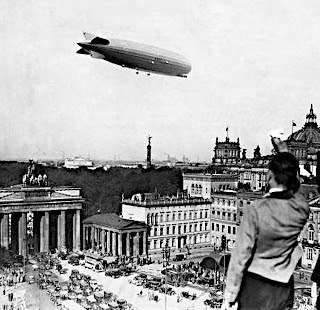"The period of financial distress is a gradual decline after the peak of a speculative bubble that precedes the final and massive panic and crash, driven by the insiders having exited but the sucker outsiders hanging on hoping for a revivial, but finally giving up in the final collapse." Charles Kindleberger
 We wished to make this post on a day in which the markets started to rally, so as to give readers the latitude to exit their long positions gracefully should they choose to do so, and not leave them in a panic, which is not necessary nor productive.
We wished to make this post on a day in which the markets started to rally, so as to give readers the latitude to exit their long positions gracefully should they choose to do so, and not leave them in a panic, which is not necessary nor productive. As a reminder, market 'crashes' are notoriously difficult to predict, and the fallibility of our judgement is acknowledged. There is not even a clear distinction between a crash and a severe correction, except that 'crashes' are thought to be short term, and are precipitants to bear markets. We think that the credit bubble has 'crashed' taking the financial sector and the housing sector with it. As it spreads, that will be the 'bear market.'
This is our opinion based on the facts at hand. If you read it through you will understand our reasoning, and may choose to agree or not.
It is not clear to us that once begun that 'crashes and bear markets' must inevitably play out to a pattern. There is a great deal of difference for example between the declines of 1987 and that of 1973-4, or 1929-33 and 2000-2. Sometimes they are over quickly, and sometimes they are protracted.
We suspect that the Treasury and Fed have more plans in their playbook, and we wish them well. Perhaps this event can be turned, or mitigated to a more graceful correction. But we are assuming a very defensive posture, and you may consider doing the same for yourself once you look at the charts.
Those of us that can remember such things will recall that in the tech bubble contraction of 2000-2 it was the big cap NASDAQ that led the way lower, well ahead of the other US equity markets, with a much deeper correction.

By almost any measure and definition, the US financial index has crashed as part of the credit bubble contraction.

The tech bubble was more isolated from the rest of the economy, whereas the credit bubble seems to permeate almost every aspect of the US economy. We expect this crash to be more pervasive and with a much more lasting impact on the real economy.
The financial markets seem to be leading the way for the credit bubble contraction and the Crash of 2008-10.

Please keep in mind that the deleveraging of a bubble is almost never a straightforward excercise, and even the worst decline, such as the Crash of 1929 and decline into the bottom of the Great Depression in 1933, was marked by sharp rebounds and bear market rallies.
We believe that our CrashTrak model has confirmed we are in a stock market crash. We expect the declines to at least rival those of the last Crash which we had in 2000-2, and perhaps that of 1929-33, barring some explosive growth in monetary inflation that will distort the statistics.
The stock market is of less importance we think than the real economy and employment levels. We expect the Fed and Treasury to push the Dollar to the limit in trying to prevent a destructive collapse in the real economy, and again, wish them well in this effort.































